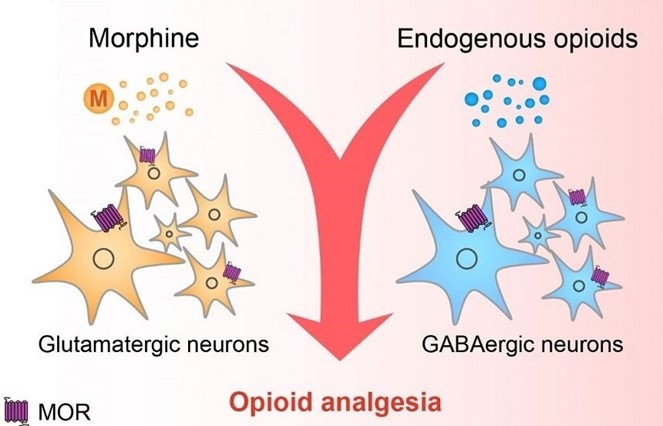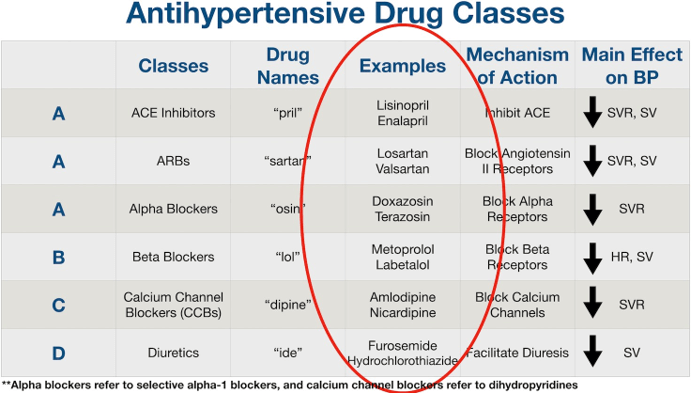The practical nurse (PN) is caring for an older client who is receiving chemotherapy for lung cancer. Which finding is the highest priority for the PN to report to the charge nurse?
Reference ranges:
Blood urea nitrogen (BUN): [Adult: 10 to 20 mg/dL or 3.6 to 7.1 mmol/L] Platelets: [150,000 to 400,000/mm3 or 150 to 400 x 10^9/L]
Periodic nausea and vomiting.
Decreased deep tendon reflexes.
Platelet count 135,000/mm3 or 135 x 10^9/L
Blood urea nitrogen 75 mg/dL or 12.9 mmol/L
The Correct Answer is D
A high blood urea nitrogen (BUN) level indicates impaired renal function, which can be caused by dehydration, infection, or nephrotoxic drugs. Chemotherapy can damage the kidneys and increase the risk of renal failure. The PN should report this finding to the charge nurse, as it may require fluid replacement, dose adjustment, or discontinuation of the chemotherapy.
The other options are not correct because:
A. Periodic nausea and vomiting are common side effects of chemotherapy that can be managed with antiemetics, hydration, and dietary modifications. They are not as urgent as a high BUN level.
B. Decreased deep tendon reflexes may indicate hypocalcemia, hypomagnesemia, or peripheral neuropathy, which can be caused by chemotherapy or other factors. They are not as urgent as a high BUN level.
C. A platelet count of 135,000/mm3 or 135 x 10^9/L is slightly below the normal range, but not significantly low. Chemotherapy can cause thrombocytopenia, which increases the risk of bleeding. The PN should monitor the client for signs of bleeding, but this finding is not as urgent as a high BUN level.
Nursing Test Bank
Naxlex Comprehensive Predictor Exams
Related Questions
Correct Answer is B
Explanation
This is the best action for the PN to use in assisting this client to deal with his pain because it provides a non-pharmacological method of pain relief that can enhance the effect of the opioid analgesic. Slow, rhythmic breathing can help the client relax, distract from the pain, and increase oxygenation and blood flow.

A. Dimming the lights in the room and closing the door may not be enough to help the client deal with his pain and may not address his psychological or emotional needs.
C. Turning the television on to the client's favorite show may not be effective in helping the client deal with his pain and may be distracting or irritating for him.
D. Obtaining a prescription for a higher dose of pain medication may not be necessary or appropriate for this client and may increase the risk of side effects or dependence. The PN should assess the client's pain level and response to the current dose before requesting a change in medication.
Correct Answer is D
Explanation
This is the factor that the PN should consider the most likely to increase the client's risk for falls because it can cause orthostatic hypotension, dizziness, or fainting, especially when the client changes position or gets up from bed or a chair. The PN should monitor the client's blood pressure and pulse before and after administering the medication and assist the client with ambulation and transfers.

Whether you are a student looking to ace your exams or a practicing nurse seeking to enhance your expertise , our nursing education contents will empower you with the confidence and competence to make a difference in the lives of patients and become a respected leader in the healthcare field.
Visit Naxlex, invest in your future and unlock endless possibilities with our unparalleled nursing education contents today
Report Wrong Answer on the Current Question
Do you disagree with the answer? If yes, what is your expected answer? Explain.
Kindly be descriptive with the issue you are facing.
